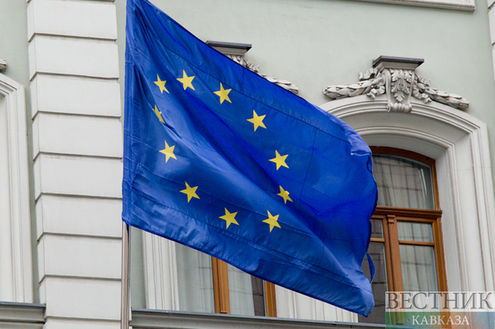Customs prospects of the Armenian economy

David Stepanyan, Yerevan. Exclusively to Vestnik Kavkaza
In the context of recent changes in the foreign political course of Armenia, which are characterized by changing the economic vector of development, the authorities are involved in their favorite occupation – calculating the growth rate of the Armenian economy.
The head of the State Committee on Security of Economic Competition, Artak Shaboyan, promised the government that Armenia’s competitiveness has improved. To confirm his words, he presented a report by the World Economic Forum on Global Competitive Capacity 2013-2014, according to which Armenia took 79th place among 148 countries – it improved its position by three places.
The effectiveness of Armenia's anti-monopoly policy rose 19 places, putting it ahead of Georgia, Ukraine and Azerbaijan. In the influence of dominating subjects on the Armenian market, it surpasses not only several CIS countries, but also Eastern European countries (Hungary, Slovenia, Slovakia). However, Premier Tigran Sarkisyan reminded that in customs reforms Armenia takes one of the lowest positions in the ratings of the World Economic Forum. According to him, in quality of management schools the country takes 120th place in the world; the capacity of holding talents – 121st place; export share in GDP – 130th place in the world.
In fact, the Armenian economy is absent in the top-100 of the world ratings, it’s place is between Mauritius and Equatorial Guinea. In the 2000s the Armenian economy, which is concentrated on production of non-ferrous metals and food products, managed to gain double-digit indices of economic growth. However, after the global crisis of 2008-2009 reduced GDP by 14%, economists had to analyze the reasons for reduction of investment inflows into the republic. The reason was simple – the corruption level in Armenia is one of the highest in the world, which doesn’t encourage attracting foreign capital. As a result, about 13% of the GDP of the republic is money transfers from abroad; this led to the GDP crash during the crisis.
In January-July 2013 the overall volume of foreign investments in the real sector of the economy fell by 34.7%, reaching $293 million. Strangely enough, the investment leader in Armenia is Argentina – $76.1million, then Russia – $38.4 million, Canada - $36.5 million, Cyprus - $37.7 million, and France – $28.9 million. In general the share of direct investments of the Customs Union states in Armenia is $2.1 billion, which is 40% of all foreign investments. The main share of these investments comes from Russia and is directed at transportation of gas, railway transport, non-ferrous metallurgy, the banking sector, insurance, TV-communication. The trade turnover of Armenia with the Customs Union states in January-July 2013 was $742.3 million, while the full volume of trade turnover was $3.2 billion. According to predictions of economic experts, the volume of foreign investment in the real sector of economy will continue falling till at least the end of 2013.
According to the head of the Center of Integration Studies of the Eurasian Bank, Yevgeny Vinokurov, joining the Customs Union will help Armenia to attract major target investments directed at the spheres of transport and energy.
4480 views





